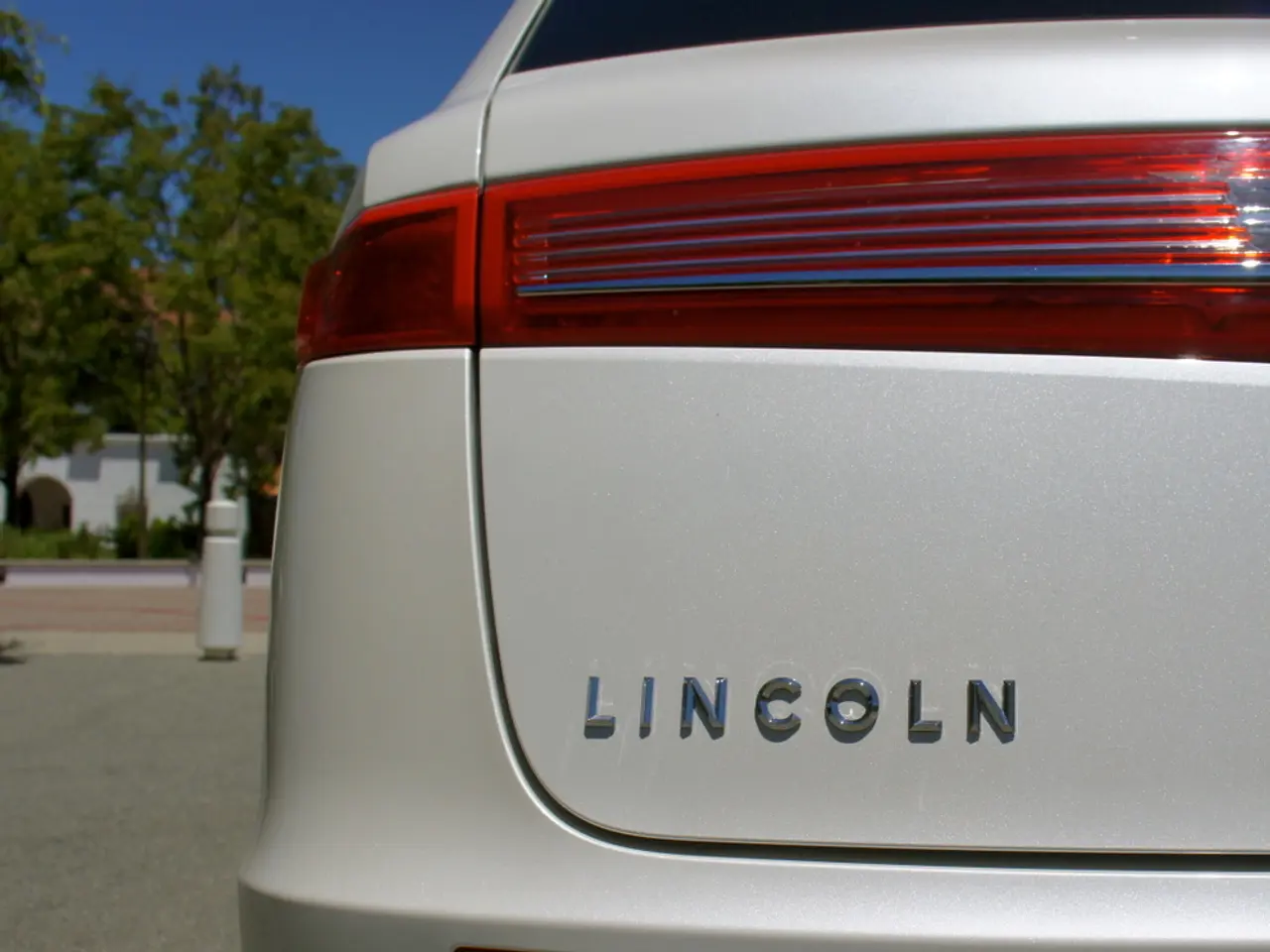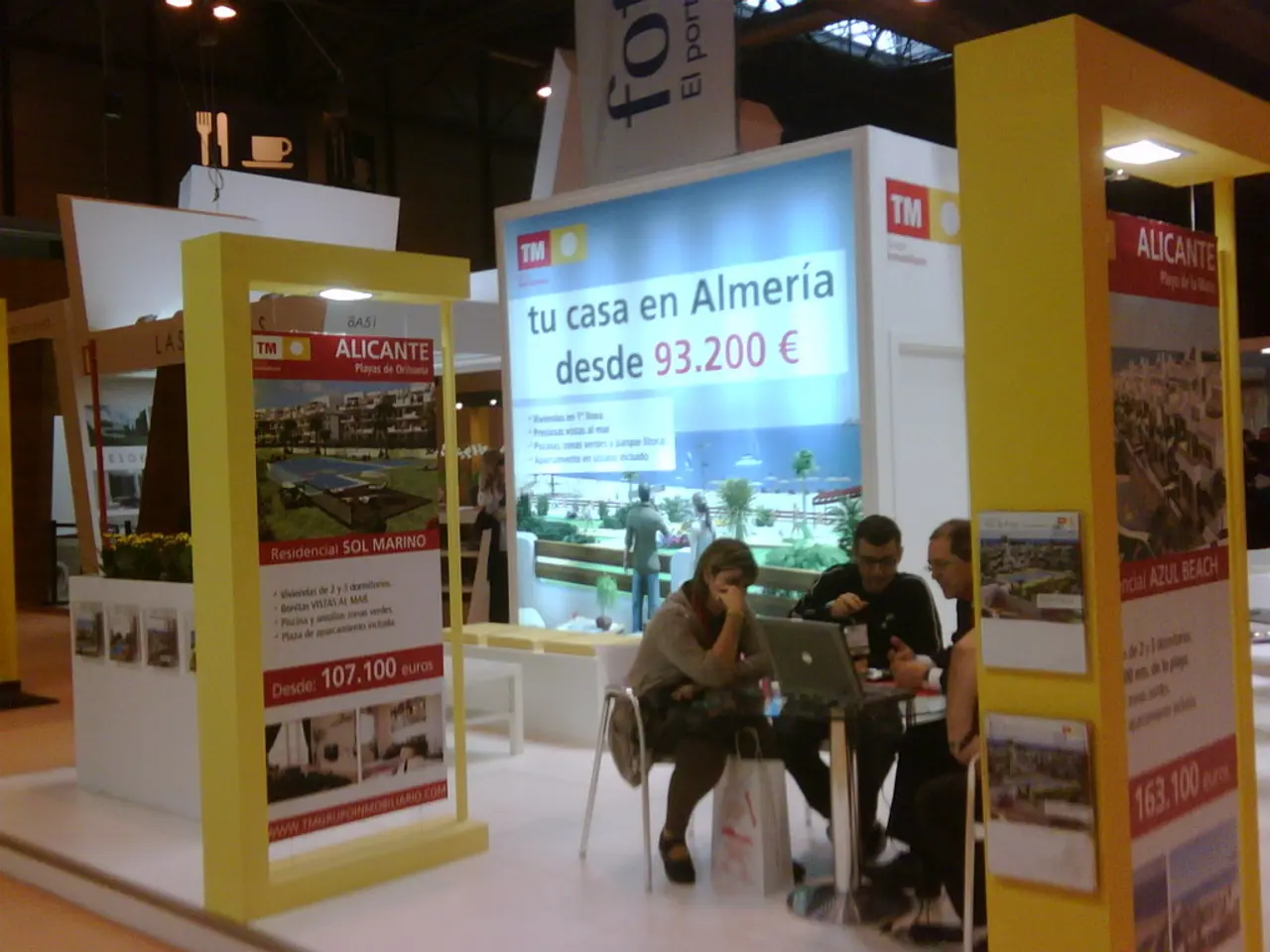Electric Battery Storage Solutions Fortified by Wood-Steel Composite in Innovative Vehicle Technology
New Wood-Steel Hybrid Battery Housing Offers Environmental Advantage
Researchers at TU Graz in Austria have developed a groundbreaking wood-steel hybrid battery housing that performs comparably to the Tesla Model S's conventional aluminum housing in crash tests and significantly surpasses it in fire resistance.
The hybrid design, known as BioLib, uses thin sheet steel combined with cork-filled wood, reducing environmental impact by lowering energy, water consumption, and pollution during production. This innovative construction maintains high structural integrity, making it a viable, environmentally friendly alternative to aluminum battery cases like Tesla’s.
In comparison to the Tesla Model S's aluminum housing, the BioLib housing demonstrates nearly identical strength in impact tests, while offering superior fire resistance. The BioLib housing can withstand temperatures over 1300°C in fire resistance tests, with a surface temperature approximately 100°C lower on the opposite side due to cork insulation.
The BioLib housing also excels in environmental impact, with significantly lower energy use, water use, and pollution during manufacture. In contrast, aluminum production results in a higher environmental footprint.
The BioLib housing is constructed from materials such as thin sheet steel and cork-insulated wood, like cork wood or birch. The inside of the battery is reinforced with rib-like cross struts, and the underbody and lid are also made of the steel-wood composite.
Researchers are currently working on a follow-up project to explore the use of low-value wood, such as from thinning or secondary utilization, for the battery housing. The objective is also to optimize the re-usability of cork and the recyclability of components in the BioLib housing.
In all areas except for land use, the BioLib housing performs better than the market standard made of aluminum. The BioLib housing offers benefits in crash protection, as wood collapses under high pressure and absorbs a lot of energy in the event of a crash.
The environmental impact of this enclosure is significantly lower compared to traditional aluminum enclosures. The researchers at TU Graz, led by Florian Feist, have collaborated with the Wegener Center for Climate and Global Change at the University of Graz to evaluate the environmental impact of all materials and components used in the BioLib housing.
In summary, the BioLib housing offers a promising solution for electric car battery housing, with equal or better protection against crashes and fires while substantially reducing environmental costs. This new hybrid housing could revolutionize the electric vehicle industry and contribute to sustainability goals by lowering the ecological footprint.
Science has shown that the BioLib housing, a wood-steel hybrid design, offers environmental benefits in the field of technological advancements, surpassing traditional aluminum enclosures used in batteries like those found in sports cars such as the Tesla Model S. In terms of sports, the reduced environmental footprint of the BioLib housing could lead to a more sustainable future for the sports industry, aligning with the goals of environmental science.




